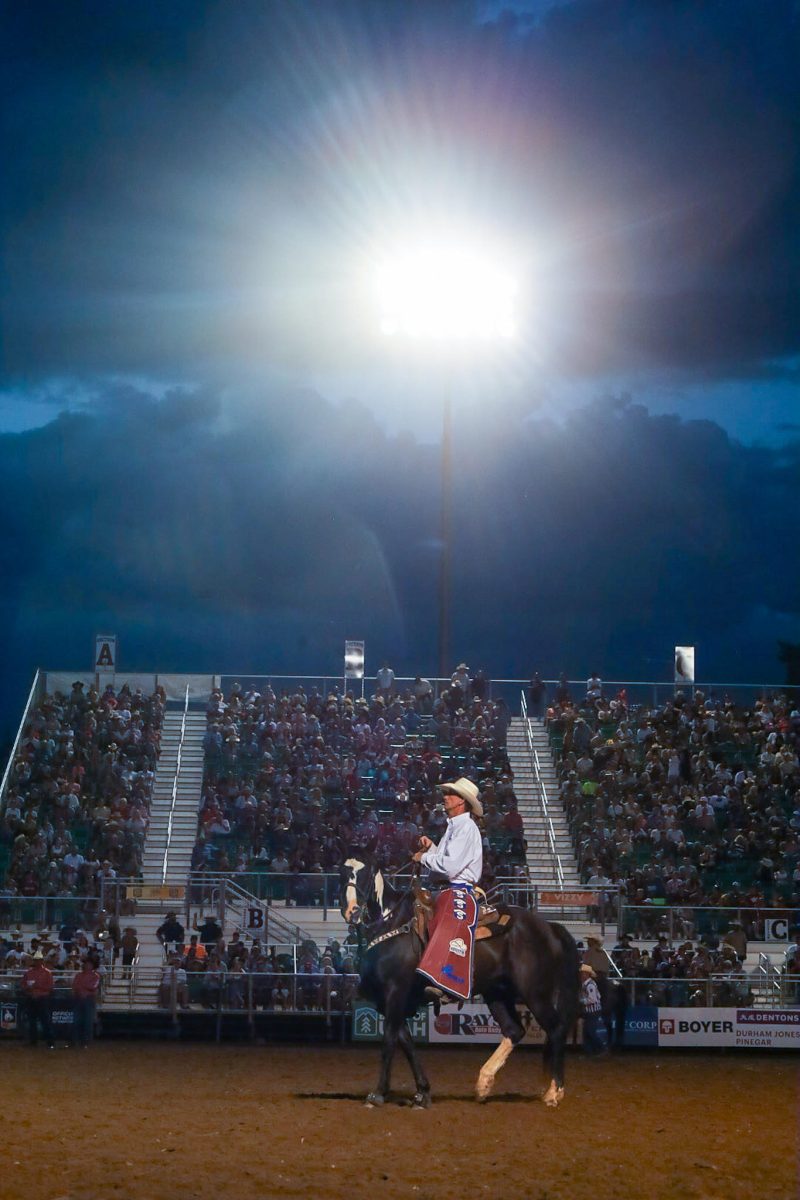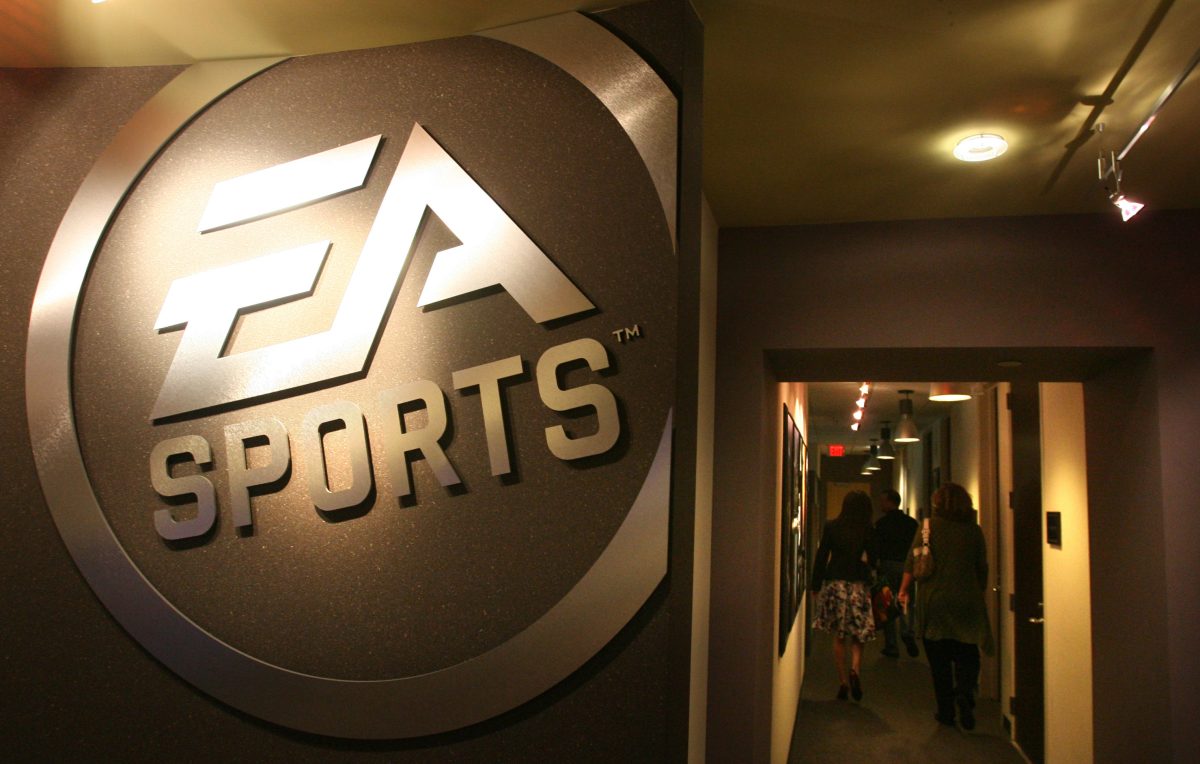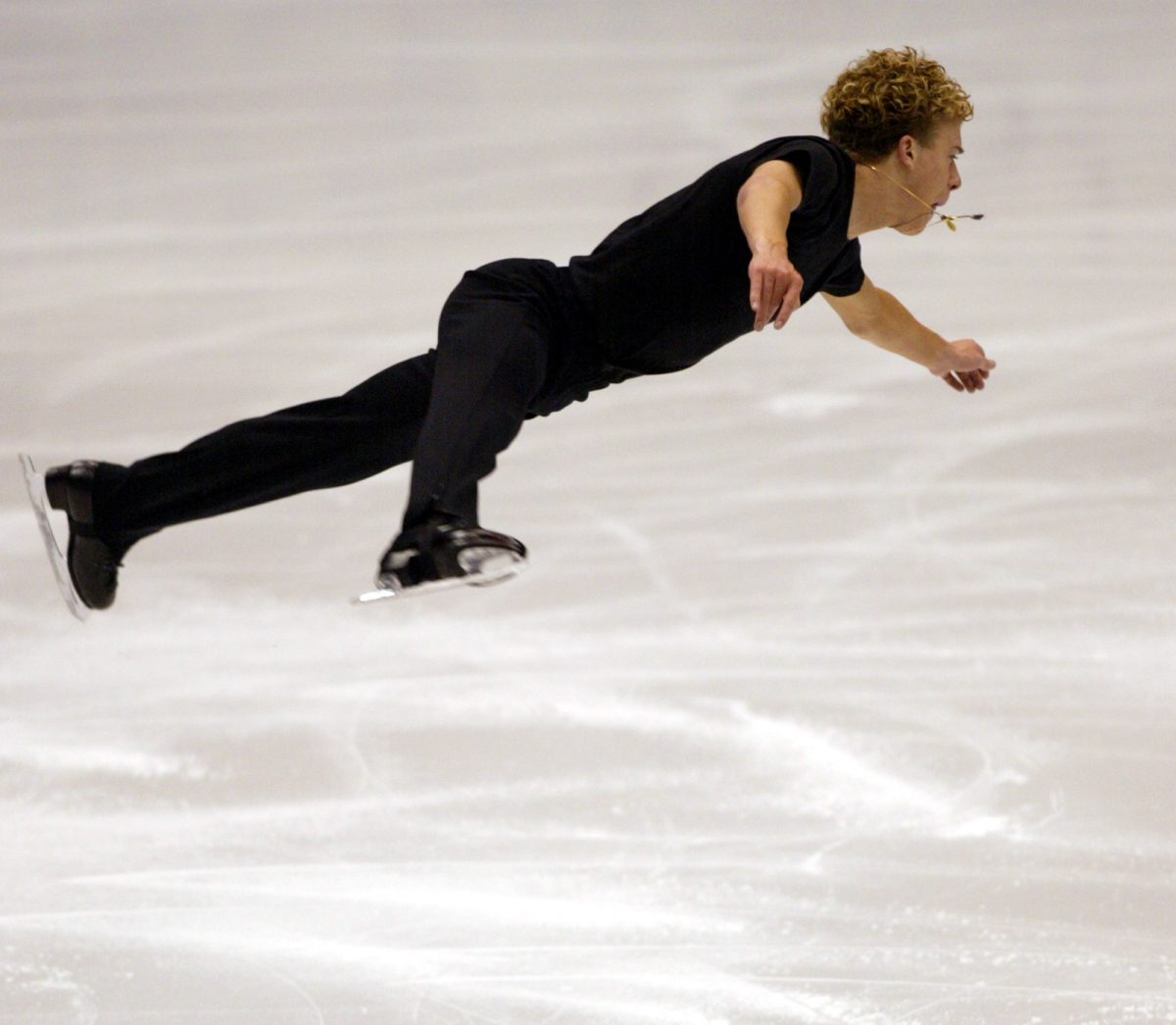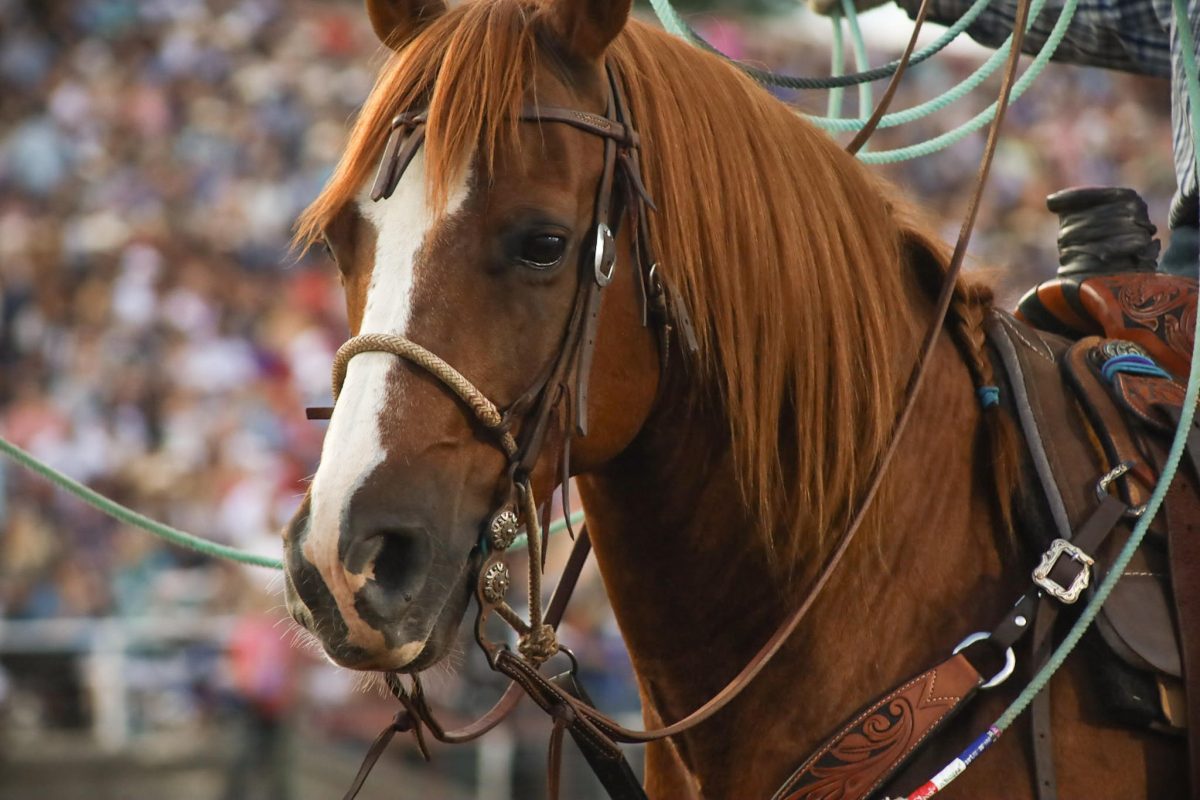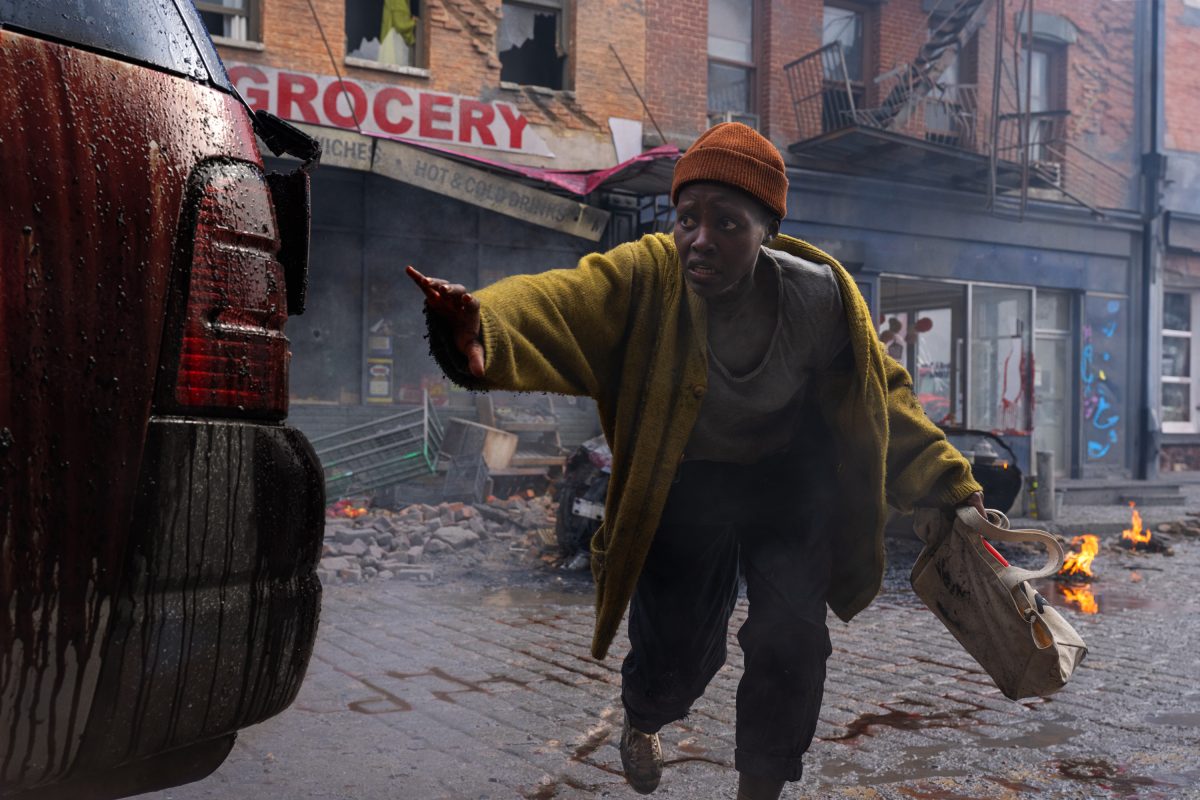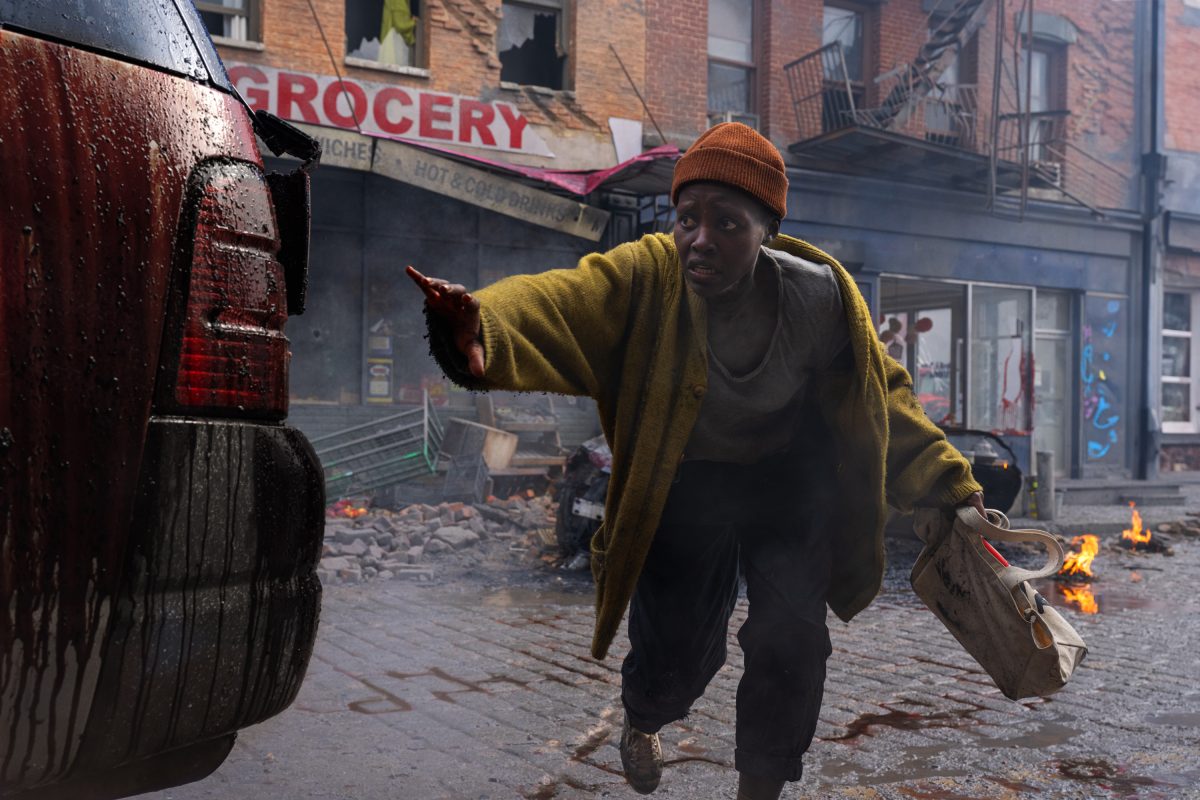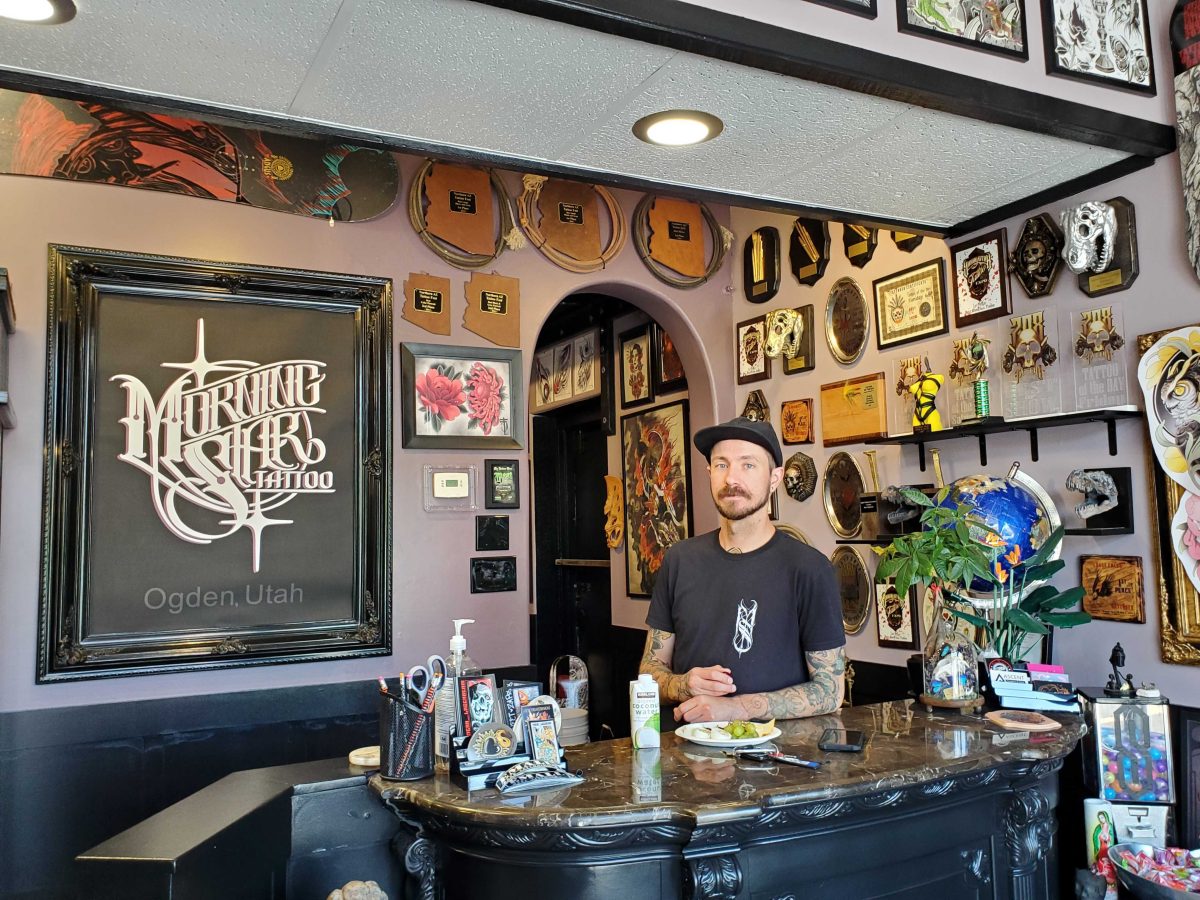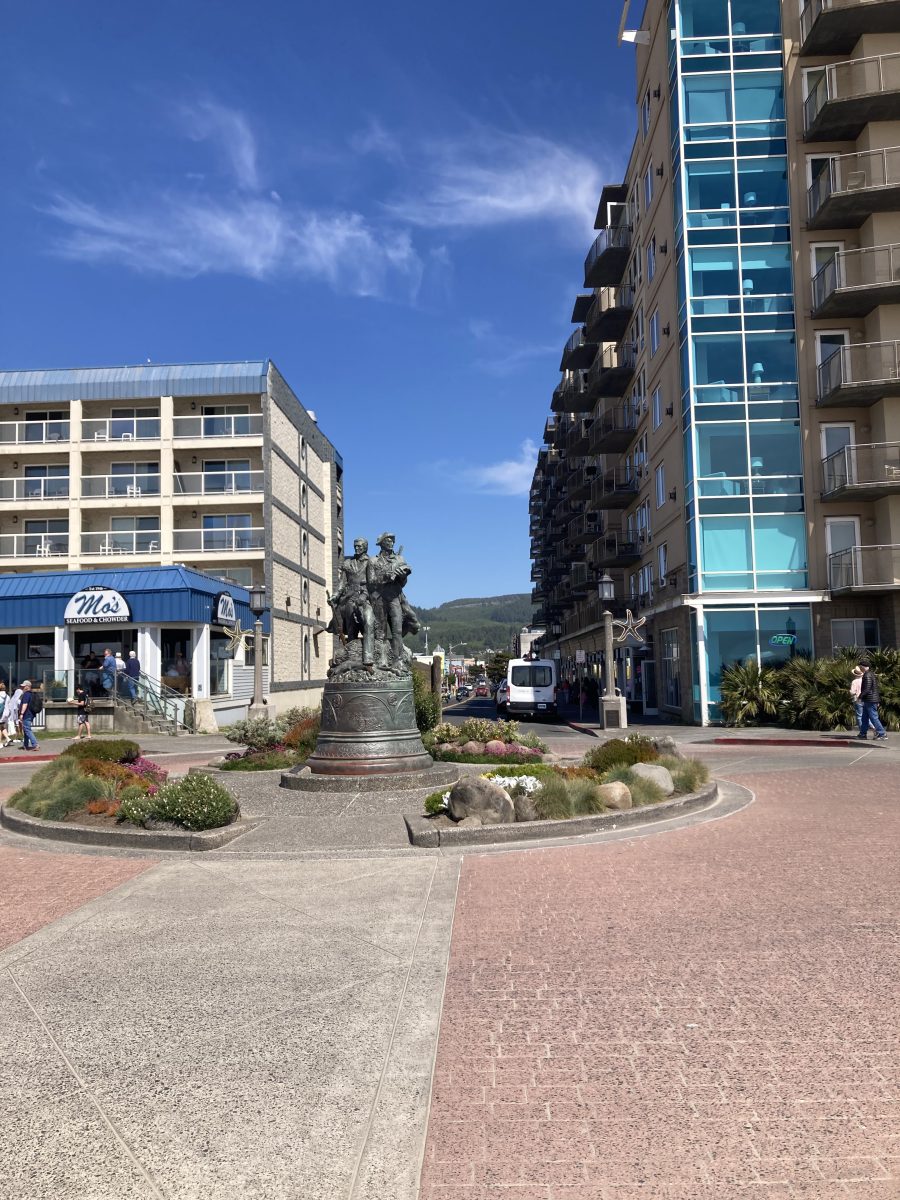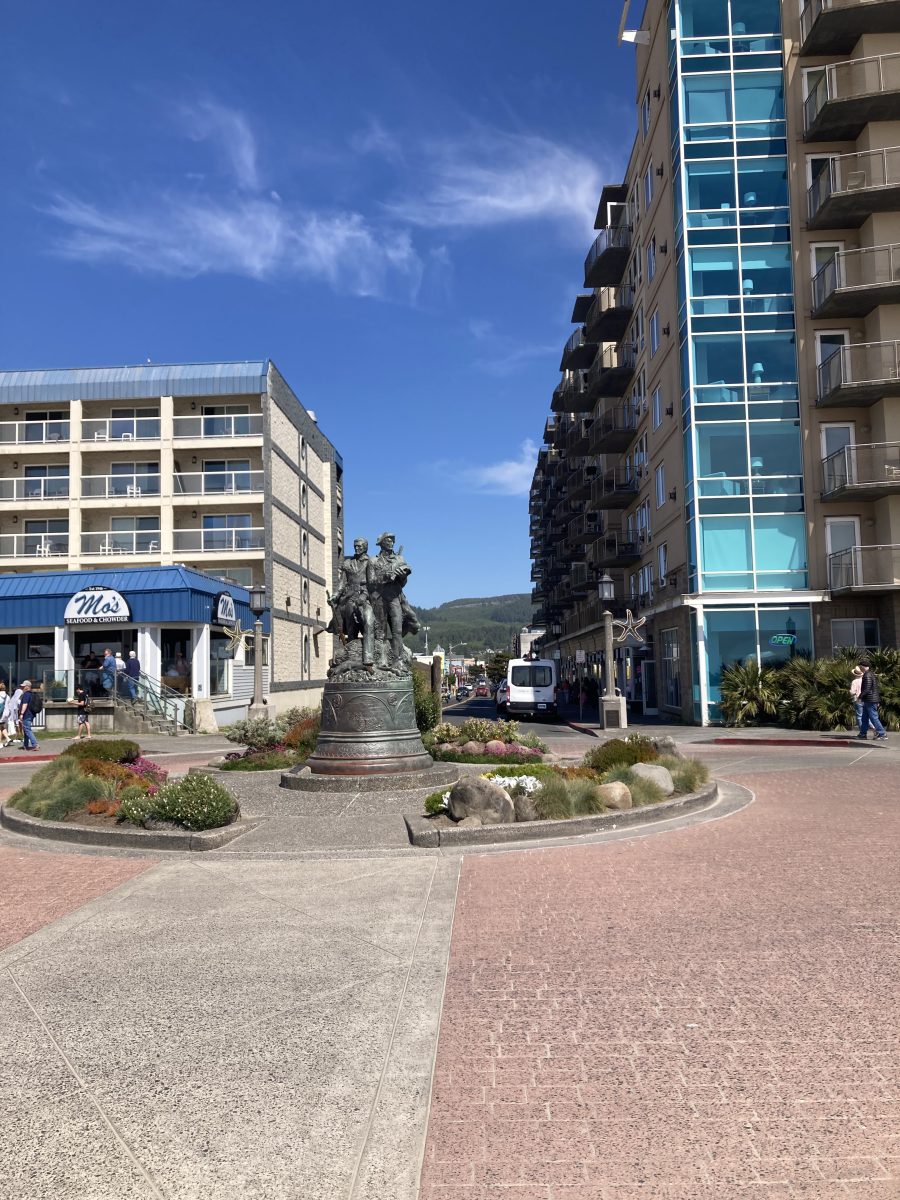Down on 28th Street in Ogden stands the foundation of a building known as the Marshall White Center. Originally built in 1968, the Marshall White Center has been a thriving hub of community and family fun for many years. But who was Marshall White, and how did this center come to be?
Born in 1909 to a sharecropper in Tennessee, Marshall White did not come from much. His family moved to Muncie, Indiana, when Marshall White was 15. Though opportunities were limited, he was able to attend the Northwestern Institute of Surgical Podiatry in Chicago as a young man.
“He was Ogden’s Martin Luther King Jr.,” Ronald White, Marshall White’s son, said. “He had a spirit to just thrive, and so he did. He learned a lot, and excelled from a young age.”
After earning a medical degree in 1939, Marshall White joined the war effort as a military doctor around 1944. His first station was in Kearnes, but Marshall White eventually made his way to Ogden, helping to establish a clinic and performing a large portion of his medical work at the Hill Air Force Base.
At the end of World War II, Marshall White began to become more involved with the court and legal system. According to Ronald White, one day when Marshall White was walking down 25th Street in Ogden, he saw a young Black man in a military uniform run into a white man which caused a fight to break out. Upon seeing this happen, Marshall White jumped between the two men in an effort to end their fighting. Marshall White also helped return the gathering crowds of people to their daily routines.
It was after this event that Marshall White took an interest in becoming a police officer. In May 1949, Marshall White passed his civil service examinations, becoming an official member of the Ogden City Police Department. His time on the force was spent mostly working with the youth in the community; however, he became prominent for a couple other reasons.
Sarah Langsdon, head of special collections at Weber State University, said that Marshall White was often referred to as “the best dressed police officer on the Ogden force.”
He also rose to the forefront of the police academy team in shooting competitions. He was an incredible shot, and everybody knew it.
Marshall White is best known for his work in the poorer areas of Ogden, making constant efforts to establish better lives and futures for the Black and underprivileged youth and families living there.
While serving on the force, he progressed to the position of detective sergeant. Marshall White also helped to establish the Wall Avenue Recreation Center alongside members of the Elk’s Club. The rec center served as a place for youth, especially those of the African American community, to spend time after school.
“My father believed that sports and activities kept young people out of trouble,” Ronald White said. “He really wanted to be a good citizen, even from when he was young.”
Marshall White helped establish the rec center not only for the youth, but for the community as a whole. The Elk’s Club held regular meetings there, Friday and Saturday nights were dedicated to youth dances. Other common occurrences were dinners, cookouts and holiday celebrations.
During the early 1950s, Marshall White was the president of Ogden’s chapter of the National Association for the Advancement of Colored People. He held the position until his death in 1963.
Marshall White did everything in his power to advocate for the Black community and all the people living in downtown Ogden during his time as the head of the Ogden NAACP. His main goal was to bring about equal opportunities and just treatment of Black people in employment as well as housing.
On Oct. 16, 1963, Marshall White was shot in the line of duty while tailing an escaped juvenile delinquent. He lived for three days before passing away from his injuries, making him the first Black police officer to be killed in the line of duty in the state of Utah.
The community rallied around his family after the fact. When the city announced plans for a new recreational center, it was proposed that they name it the Marshall White Center in honor of his memory.
The center opened in 1968, becoming the first city owned building in Utah to be named after a person of color, and Marshall White’s family stood at the forefront of it all.
Marshall White’s wife, Jesse Glodene, worked at the head, helping organize classes and activities run there. His son, Ronald White, continues this work today.
The Marshall White Center has been a place of community, harmony and a safe haven for youth in the city since its construction. The old building contained a swimming pool, kitchen, a few classrooms, basketball courts, a boxing area, a game area and a couple of weight rooms.
“The building itself hadn’t really had a lot of renovations done since it was built in 1968,” Langsdon said.
Much of the building was slowly falling into disrepair. The biggest issue proved to be a large crack in the bottom of the pool. The crack proved irreparable, and among other things, became a primary reason for the city’s proposal to tear down the building and reconstruct a new one somewhere else.
Once again, citizens rallied on the side of the White family, arguing that the new building should stand where the old one did. Their cries were answered, and construction began in the very same place.
The original Marshall White Center was demolished during the summer of 2023.
Edd Bridge, city recreation manager, said that the new building is expected to open in spring of 2025.
The new center will be over 70,000 square feet, containing a gymnasium, swimming pool, track, weight area, an aerobics room, a kitchen, classrooms and a field house for indoor soccer and flag football.
Among all this, there will be a special section dedicated to showing the community who Marshall White was and the role his life played in Ogden.
“He was very community oriented, heavily involved in youth groups and sports,” Bridge said. “The Center helps uphold his legacy by providing a safe haven for the youth.”
Hopes are high for the new and improved Marshall White Center.
“It’s going to be a continuation of the legacy…the Marshall White legacy,” Ronald White said.





